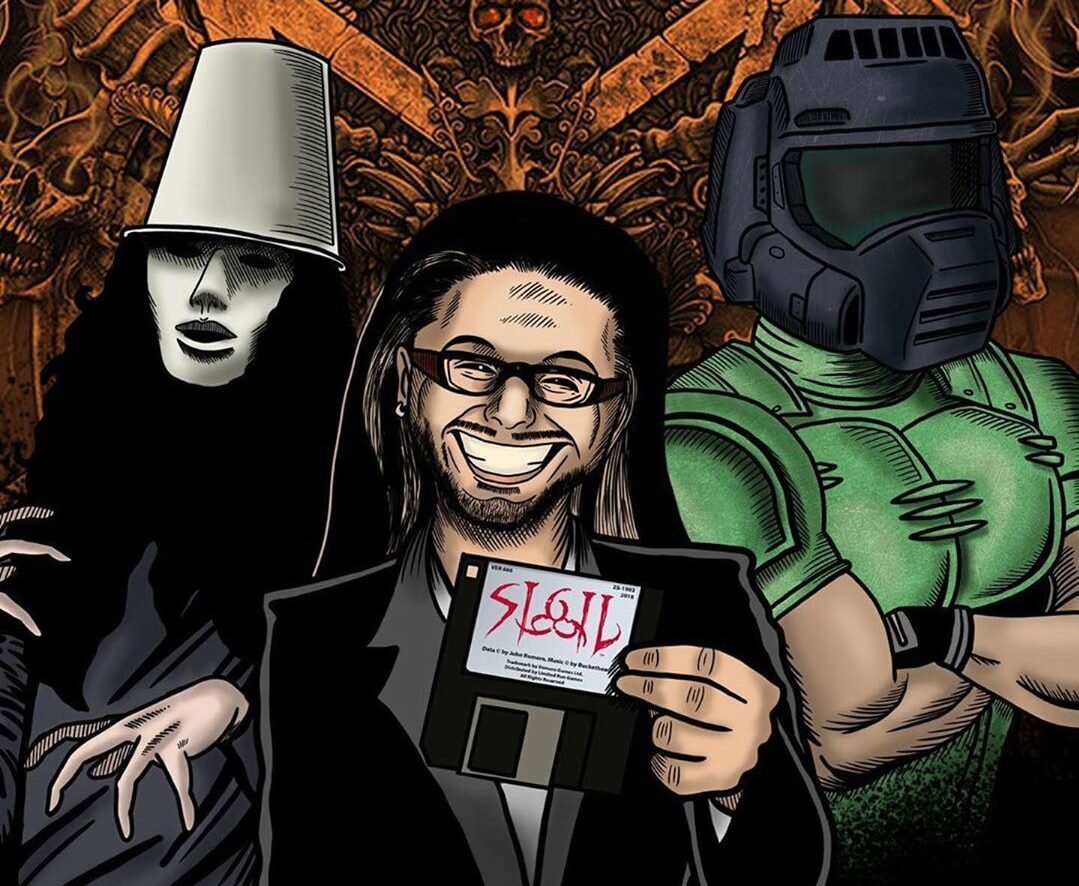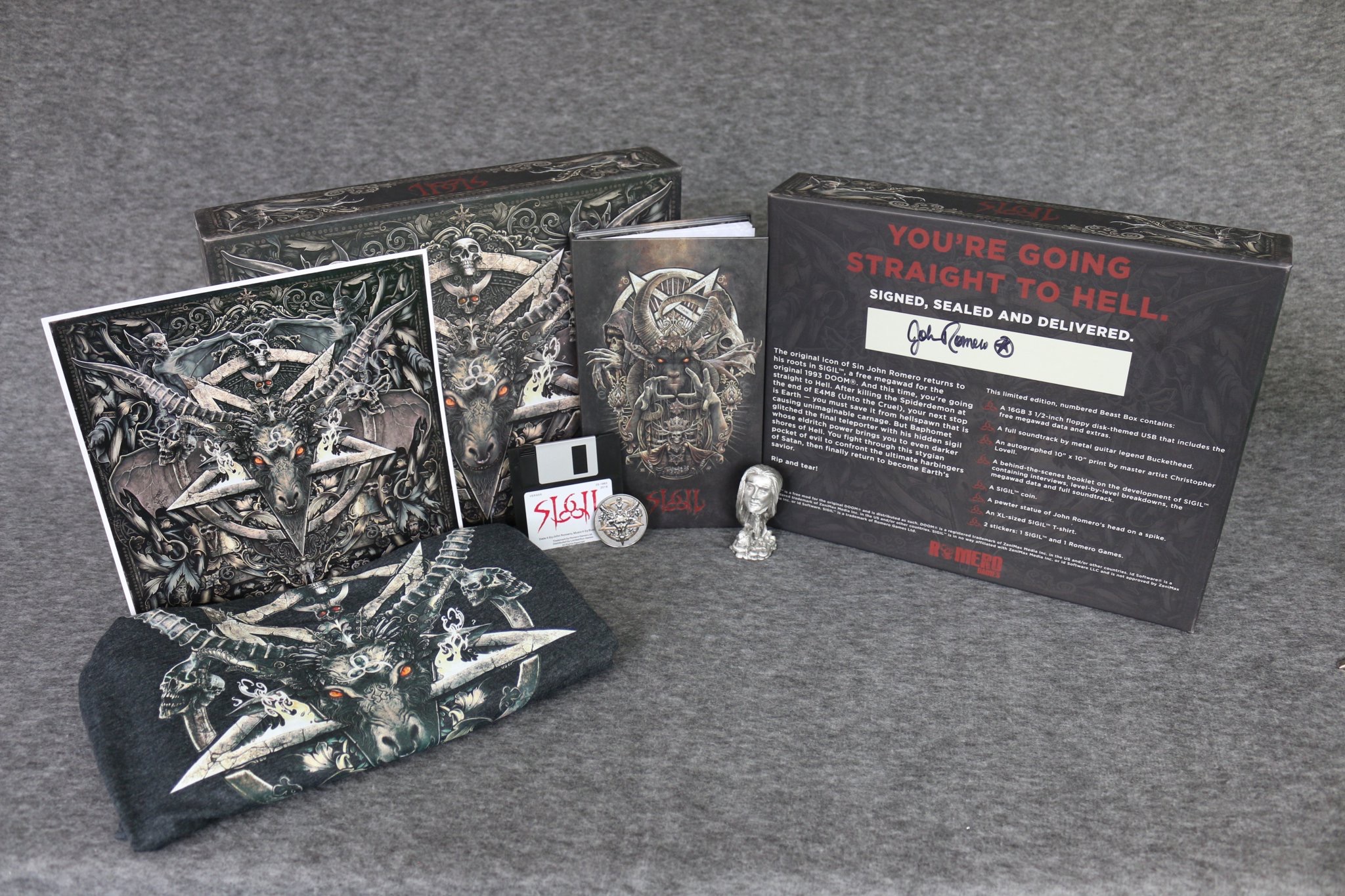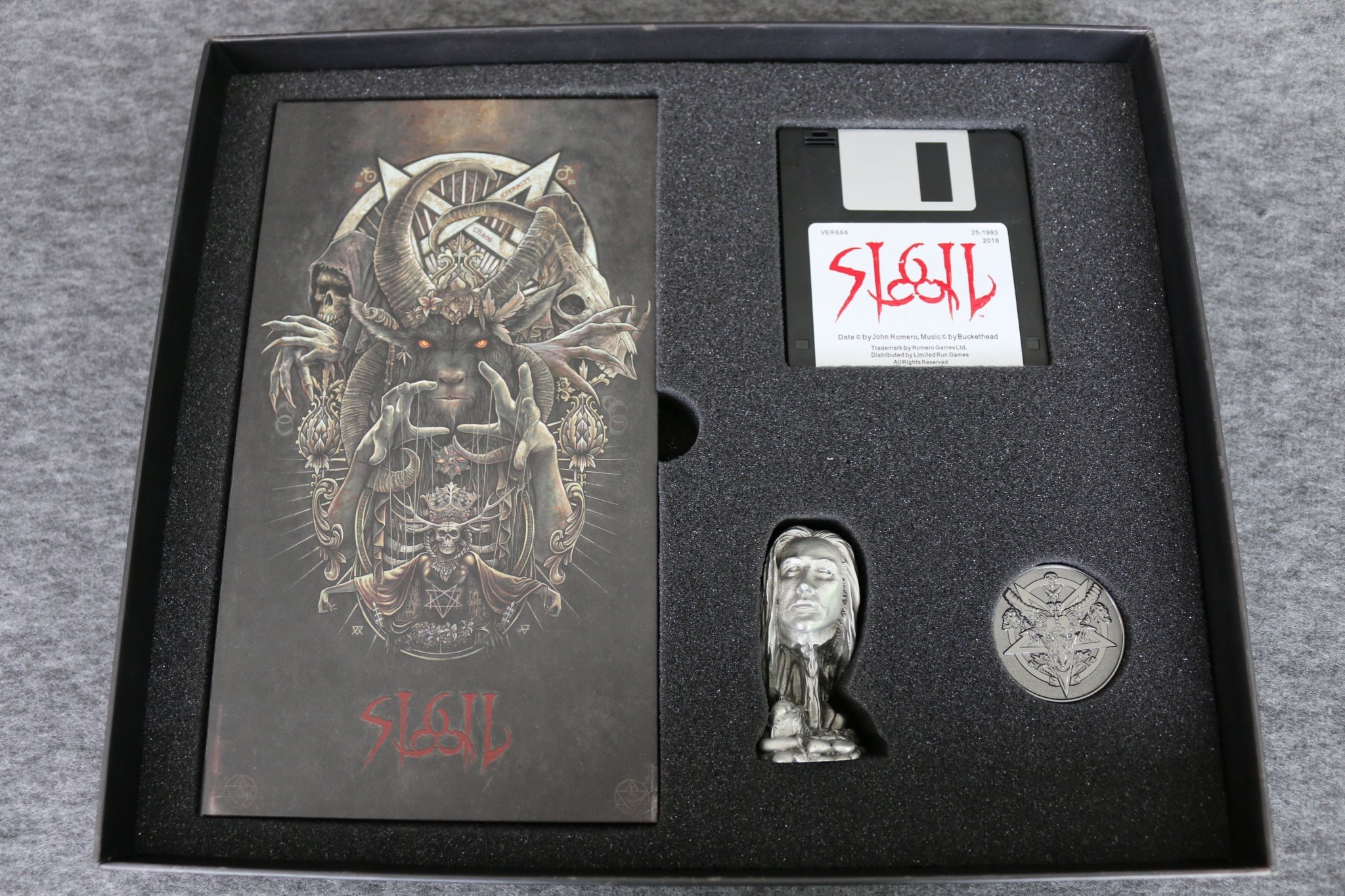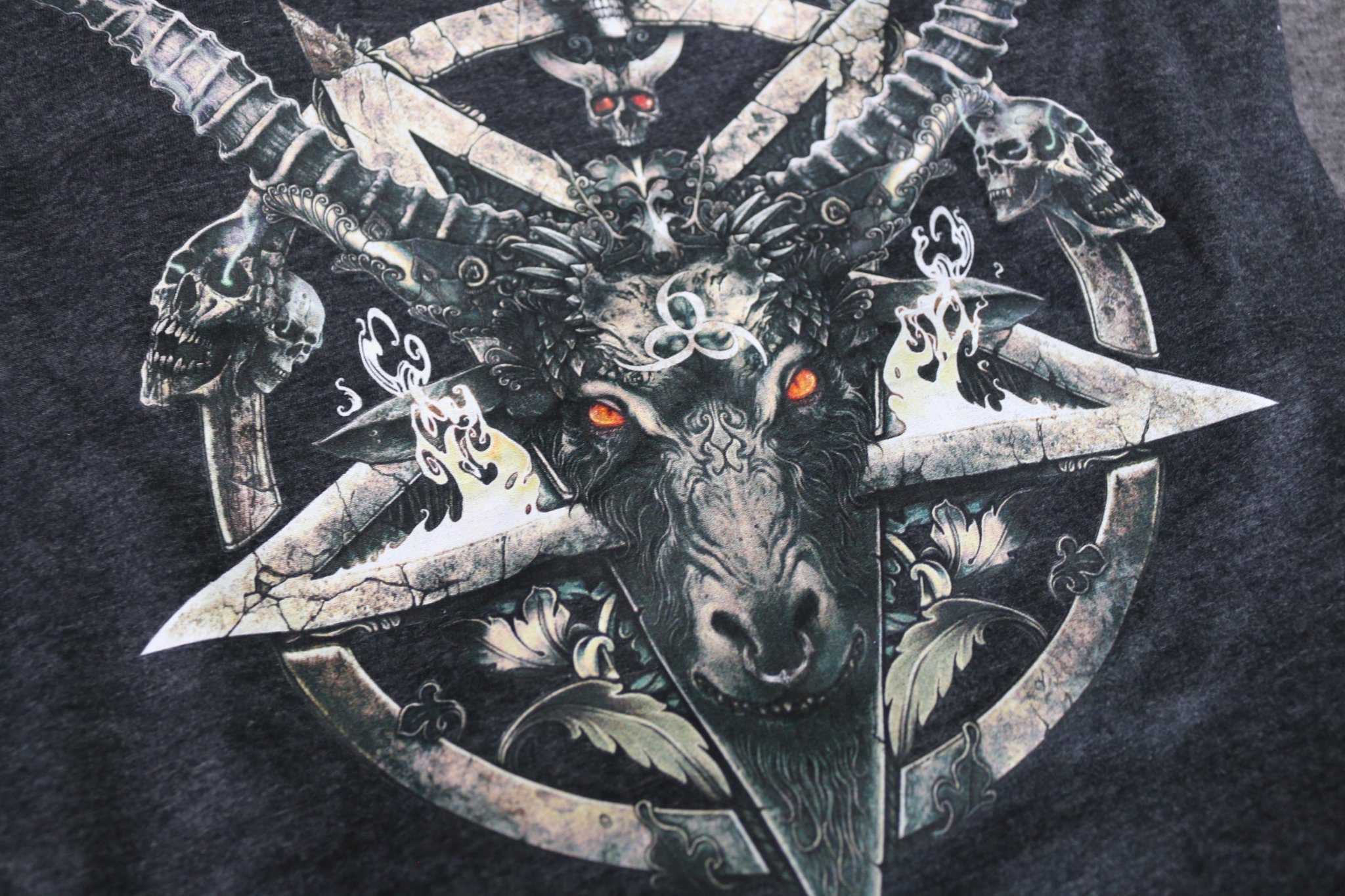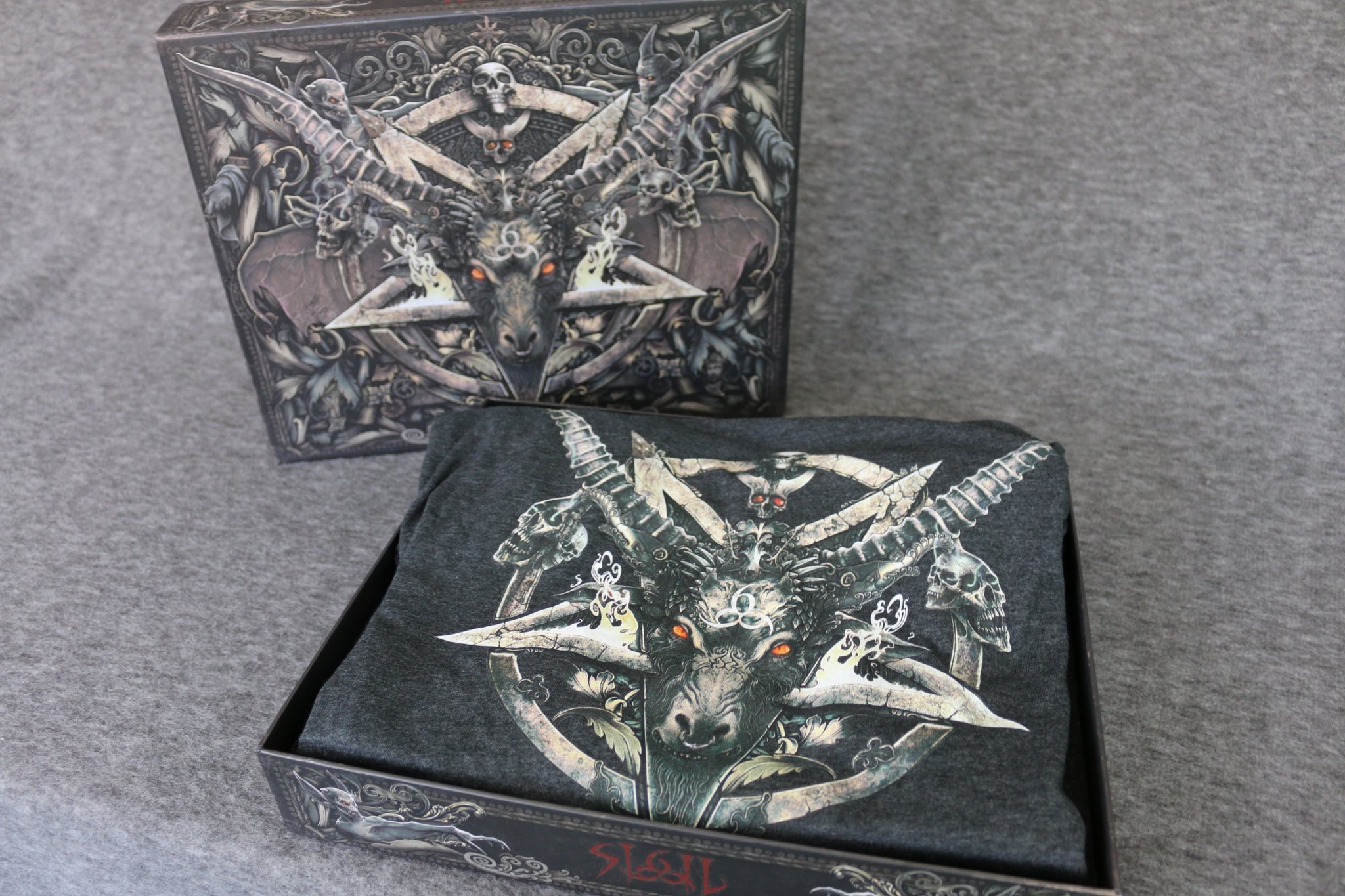What would it feel like to actually make Disneyland in a magical, fairytale forest? That's what I wanted to find out with Ravenwood Fair.
I wanted to make a social game last year, so my girlfriend Brenda told her employers (Lolapps, Inc., a social game developer in San Francisco, California) that I was interested. I started consulting in August 2010, designed the game in a few days, and got the team working on what I decided to call Ravenwood Fair. At the beginning, I did art direction toward a painterly style until the lead artist, Christine MacTernan, totally got the look and took over from there. I created and coded all the sound effects, and worked with a great composer named Aaron Walz from Game Audio Alliance on the game's looping soundtrack. He did an excellent job, as the song can be played infinitely without annoyance - the true test of a great composition.
The team was very small: four programmers, two concept artists, two animators, a UI artist, a producer, Brenda and me. That's only 12 people. In addition, the game launched on October 19, which means it took 2.5 months to go from concept to ship. This causes many a social game publisher to gasp, but there's a good reason for it: the team worked very hard, and they had already been working on several game concepts for 7 months before I showed up, so they were already "at speed" and no ramp-up time was needed.
When I arrived at Lolapps, the owners told me I could create whatever, as long as the game would make money and launch by September 30. That was less than 2 months by the time I started working on it. I knew I had to hurry up and come up with a concept, so I quickly identified the best game on Facebook at the time, FrontierVille, and played it for three days so I could understand its design patterns and monetization model (I had been following the social game space since 2009). Then, I got the scoop on the engine we were using and found out it was really fast and could draw a ton of graphics on the screen quickly. I learned from the lead coder how much code had been written for the previous game prototypes, so I needed to use as much as possible to keep moving forward and not go backward much.
The idea for the game appeared very quickly. The setting was going to be a fairytale/storybook/magical place that floated in the air and was occupied by a slightly scary forest. Since the biggest games on Facebook were business sims, I needed to have the player build their own little business, and I wanted it to be like nothing else on Facebook. I thought a Fair would be a really nice obvious positive goal for the player to build, and there wasn't a carnival/circus/fair sim on Facebook......yet. My thought was this: when you're building a place for visitors to come and occupy, why wouldn't you want them to be doing something really fun while they're there? What's more fun than Disneyland? I imagined what it must be like at a high-level point-of-view to actually RUN DisneyWorld in Orlando, Florida - to have to carve out a bunch of wilderness packed with alligators and other denizens, and then have to build a fun place in the middle of that - and KEEP it happy and fun, all the while the alligators and beasts want their place back. I figured that would be a fun game to play - as I cut back a scary forest, I build a Fair, visitors come and use all the things I'm building, and I get to interact with them in a light fashion. That was the basis of my design, so we had our first meeting, and the producer and leads wrote down the long list of things that we needed to start working on immediately.
After August, we were still working on the foundations of the game systems and entire art overhaul, when Brenda joined the team from Critter Island (it had been shut down by Facebook). Brenda immediately started working on the quests, the map layout, and the tutorial parts of the game. She had to basically try to get all the final parts of the game together while I was still working on the foundational stuff, and we had to make sure that they would meet in the middle and the game would be complete by September 30.
Near the end of September, to make the launch date, the game had been re-scoped and re-prioritized so much that it wasn't going to be anything I'd want to play if we shipped it in that state. Facebook games are well-known to ship incomplete and get fixed post-launch. I'm not from that world - I'm from the world of "You only launch once" and the first impression is extremely important. There were game systems missing that absolutely needed to be included in the game for the design to harmonize, and it got very tense at the end of September with the execs pressing for launch and me holding the game back to make it great. Every day in October was a "Can it ship?" day. It took 19 more 12pm-to-4am days to get the game in a state that I'd launch. In fact, I held back on doing interviews about the game until I knew it was going to be something I'd put my name on. Finally, around October 15, the game was quality enough for me to do the Dean Takahashi interview in VentureBeat.
The game launched, but the team kept working. We had lots of holes to fill, and obscure bugs to fix. The launch on Facebook went as good as a launch could possibly go: millions of people played the game and hundreds of thousands still join every week. Brenda and I ended our consulting with Lolapps on February 25, 2011 so we could concentrate full-time on our new startup, Loot Drop, Inc.
Just recently at the beginning of March, Ravenwood Fair made the #15 slot on the AppData Top 15 Applications list - this list is of ALL applications on Facebook, not just games (over 125,000 apps are on Facebook). Ravenwood Fair is the #1 non-Zynga game, and that's quite an accomplishment. Currently, over 25 million people play Ravenwood Fair every month on all social platforms (over 11 million on Facebook alone), and over 1 million play every day on Facebook only. I never thought I'd see the day that I would make a game that doubled World of Warcraft, player count-wise. I'd like to thank Brenda and Lolapps for giving me the opportunity, and the Ravenwood Fair launch team that worked so hard on the game.
Ravenwood Fair Trivia Time!
- Except John and Brenda, the team that developed and launched Ravenwood Fair had never made a game before.
- The loading screen graphic has Frontier Jack's skeleton buried underground - it's a reference to FrontierVille, and a statement that we were out to bury him. Most everyone at Zynga saw the reference and loved it, and it continues the tradition of game developers referencing each other's work in a fun spirit. Duke Nukem 3D had a TON of hilarious references in it.
- The names of my and Brenda's kids are in the game: Maezza, Avalon, Donovan, Mike, and Lillia. I also included my amazing grandmother, Socorro, nicknamed Suki.
- Huginn is the mentor of Ravenwood. He has a brother named Muninn. They both come from Norse mythology and are Odin's ravens who fly around the world and bring him news of everything that's happening.
- The outhouse is called a Thunderbox because that's the name Australian's have for it.
- The Churro Wagons are there because I'm part-Mexican and Disneyland has churro carts, too.
- The Super Sweet Corn stand is there because Brenda and I *love* to eat it.
- The Dopefish Stand is there because........well, it's the Dopefish!
- The Mystic Wagon is there because of Ultima 4, one of the best games ever made.
- Ravenwood Castle was supposed to be called Dark Castle, after the classic Mac game, but the artists changed the look into a tree-thing, so I had to name it Ravenwood Castle.
- Muscle Mania is in the game because it was in Chrono Trigger's Millennial Fair. Chrono Trigger is one of my favorite games of all-time.
- Sarlacc Pegball is there because.......uh....STAR WARS.
- The Toader game is an homage to Frogger.
- The decoration named Ursoc the Amazing comes from World of Warcraft's Ursoc boss.
- The decoration named Apollon the Mighty comes from the legendary strongman.
- When the game first launched, many of the decorations were from the previous incarnation of the game's design.
- The decoration named Gaea is a reference to a controversial beaver statue - I thought it would be a hilarious hidden reference.
- The Ing-Frey totem is a reference to more Norse mythology.
- The protector named Feathertop comes from a classic short story by Nathaniel Hawthorne.
- The Sincere Pumpkin protector is a reference to It's The Great Pumpkin, Charlie Brown - wherein The Great Pumpkin visits only the most sincere pumpkin patch on Halloween Eve. My original plan was to have the game check to see if the player had 19 pumpkins close to each other, and if so, make a great pumpkin ghost randomly appear. The 19 was a reference to our ship date, since it was in October.
- The magical substance called Vitalin originally appeared in Commander Keen 5: The Armageddon Machine.
- The Sleeping Potion is a reference to Sleeping Beauty, but no need to stab your finger on a spinning wheel - just drink the potion.
- The first quest is titled Secret of the Forest. It's the name of one of my favorite Chrono Trigger songs.
- The buildings hidden in the forest for the player to uncover are a reference back to the game Civilization.
- Originally, I spelled the game's name Ravenwood Faire. This resulted in a big discussion over the name that entailed A/B advertisement testing, and numerous wasteful discussions. Eventually, they decided to keep the name but drop the 'e' on Faire. The big hulabaloo was that people would think the game is about Renaissance Fairs. Which, evidently, is bad? The game takes place in a medieval time. It's a Fair. So, to compensate, I named the market Ye Olde Shoppe with an 'e' after each word. Then, I designed the expansion pack and called it Ravenrock Mine - that's Mine with an 'e' on the end! Later on, we found out that Ravenrock Mine is a part of the Elder Scrolls world, so I renamed it to Ravenstone Mine. Still, with the 'e' on the end. As of right now, it's still not launched - and that's another story.
- The protectors in the game were originally called Super Decorations. I wanted to have decorations that were way cooler than fences, trees, rocks, etc. Decorations that danced with the visitors in your Fair. So, we created a bunch of them and they don't look anything like Vitalin Cannons, but that's what they turned into. You see, while in development, Brenda told me that she didn't feel good leaving the game because her visitors would be scared by the forest and the monsters she left there. She wanted something that would make her feel that it was okay to leave the game. So, I came up with the idea to make the Super Decorations shoot balls of Vitalin magic at the monsters and scary forest. That made her feel better. Then I renamed the Super Decorations to Vita-Decos for a couple days, then changed the name to something that made sense: Protectors. They're alive because they tap into the Vitalin that's in the very rocks of Ravenwood. At the edge of the map, you can see some Vitalin in the rocks.
- The Crittle Bear got its name like this: before settling on mushrooms as the food you get as a drop in the game, I wanted to come up with a food that the animal visitors in your Fair would eat. The word was a merger of Critter and Vittles: Crittle. The food in the game was going to look like little brown triangles (probably like dog food) and was going to be named Crittle until I looked up the word on the net. It turns out that Crittle is urban slang for Crystal Meth! So, I decided to go with mushrooms for food (they live on trees anyway), and since the Bear looks like he's messed up, I named him the Crittle Bear since he's probably been doing too much crittle and now he attacks visitors.
- The Domovoi is from Russian folklore. Domovoi typically live inside the house as a friendly spirit, but since the previous occupants of Ravenwood have up and left, they also left their Domovoi, who is mad and attacks you, the newcomer. Supposedly, the Domovoi is still protecting the previous master's house.
- Grock was a famous clown in the early 1900's, so I named the clown monster after him. Many of my references are to refresh the memory of those who've gone before us.
- When you build the Gingerbread House, a new visitor appears named Hansel. This was done against my wishes. Originally, I had named the gingerbread man visitor Nuremberg. Why? Well, not because of the Nazi trials, of course, but because Nuremberg has been famous for centuries for its gingerbread! At the last minute before rolling the gingerbread house content out, one of the owners of Lolapps had the name changed to prevent players from possibly being offended. Were you all offended by Wolfenstein 3D?
- Bumble the snow monster is named after the character in the Rankin/Bass Christmas special, Rudolph the Red-Nosed Reindeer.
- One night, some coders came up with the idea of having Huginn wear a monocle, so the UI artist added it to him. I thought that having Huginn look like he's a young raven, but wearing a monocle, would be cute. Like he's trying to act smart just by wearing the monocle.
- The crow that flies up and out of the forest and past "the camera" was influenced mainly by the scene in The Secret of Monkey Island where you actually reach the island in chapter 3 and see a bird fly past the camera and down to the island - the reverse of what I do in Ravenwood, but still very cool-looking. It's actually similar to the scene in the game LOOM where the Cleric's head is ripped off by Chaos and flies into the camera. Making the crow look as good as it does required a lot of animator revision and direction. It had to be redone a few times before it looked the way I wanted it to.
- The development of the Ravenwood Theme song took quite a while. I contacted Soundrangers to see if they could create original compositions to spec. We had just gotten them to modify the title song that I had picked out for Critter Island (it was in the music section on Soundrangers' site) and I wanted to see what they could do with an original piece. Soon, they came to Lolapps and I had a meeting with them where I explained to Aaron Walz exactly what kind of song I wanted. When I'm choosing music for my games, I'll usually give reference music or a specific reference song to the composer and tell them what I'm looking for and why the reference song is important. With Ravenwood, the reference song is called Beware the Forest's Mushrooms and was composed by the amazing Yoko Shimomura for Nintendo's game, Super Mario RPG (1996). She was born the day Ravenwood Fair launched and during my birth year (9 days before I was born!) The song is a little fast for something that is going to play a million times, but the way the song is very positive with just a hint of scary (as a reference to the scary forest) made it perfect for Ravenwood. I wanted Aaron to compose a song JUST LIKE IT. After almost a month of work on the song, it sounded nothing like Yoko's song, but had its own unique identity and I love it.
- Originally, I had a song playing during the game's loading screen. It sounded just like a medieval Fair and was really great. Unfortunately, it took too much bandwidth for most folks playing the game, so instead I created the Ravenwood Signature sound to play as soon as the loading screen came up.
- The Giant Snowman named Daglow is named after Don Daglow, a legend in the game industry.
- Putting credits in social games is not done currently. It's very sad to see so many coders, artists and designers not getting credit for their work, something they could see on MobyGames. At Lolapps, Brenda and I fought hard for credits in Ravenwood. Just type the word 'credits' anytime you're playing the game. At Loot Drop, however, credits will always be viewable.

